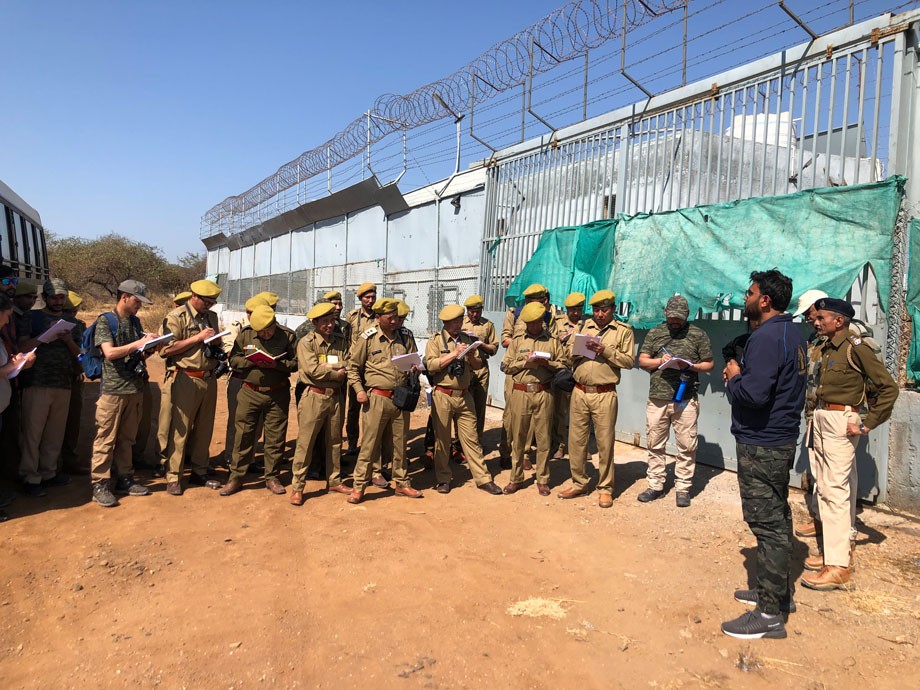Wildlife department frontline staffs get training in mitigating human-wildlife conflict

Frontline staff of the wildlife department, Ladakh learned about the best practices in mitigating human-wildlife conflict during the four-day training workshop from February 1 to 4 at Gir National Park, Sasan-Gir, Gujarat.
The team includes Chief Wildlife Warden, Ladakh, Wildlife Warden, Kargil and 27 Wildlife Guards from both Leh and Kargil along with project associates from SECURE Himalaya Project.
Training in wildlife healthcare and management, maintenance of wildlife holding facilities, diet and feeding of rescued animals, tranquilization, rescue, and release protocols, as well as crime scene investigation, were imparted. They also learned exemplary models of both in-situ and ex-situ conservation of big cat species and their habitats.
The training workshop was organised by the Department of Wildlife Protection, Ladakh and Govt. of India United Nations Development Programme- Global Environment Facility (UNDP-GEF) project, Secure Himalaya. The aim was to expose frontline staff of the wildlife department with best practices in mitigating human-wildlife conflict from one of the most well managed National Parks in the country.
Sajid Sultan, Chief Wildlife Warden of Ladakh expressed his immense gratitude to the Forest Department of Sasan-Gir, headed by Dr. Mohan Ram, Deputy Conservator of Forest, Wildlife, Sasan-Gir for planning and organising the training visit for their counterparts from Ladakh.
The frontline staff from Ladakh found it highly valuable to observe the Gir Hi-Tech Monitoring Unit, a technology-driven control center for monitoring & patrolling systems put in place by the Forest Department of Sasan-Gir to mitigate human-wildlife conflict in the landscape.
SECURE Himalaya project is being implemented by the Government of India in collaboration with the United Nations Development Programme. The project is funded through the Global Environment Facility and co-financed by the Central Government. SECURE Himalaya project aims at ensuring the conservation of locally and globally significant biodiversity, land and forest resources in the high Himalayan ecosystem while enhancing the lives and livelihoods of local communities. One of the components of the project is to enhancing enforcement, monitoring, cooperation, and building capacities to reduce wildlife crime, conflicts, and related threats. This training visit was a step towards the objective of building capacities of major stakeholders involved in the mitigation of human-wildlife conflict.





